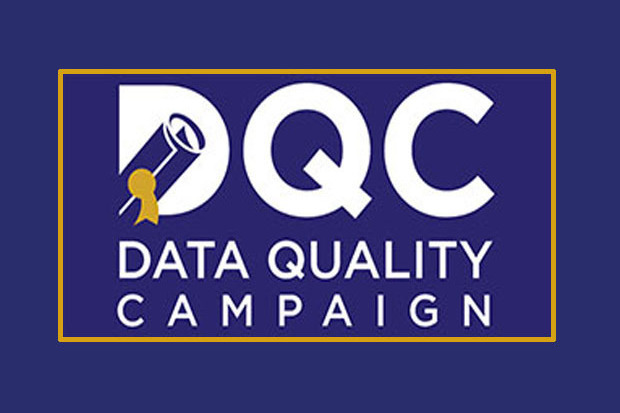

April 29, 2016
As a parent and education advocate, I know firsthand that education data is a powerful tool for decision-making. We can use data to answer our most important questions about how schools are serving students in our communities. As such, I’m excited to see that the Every Student Succeeds Act (ESSA) renews the existing law’s commitment to ensuring that high quality information is publicly available, and takes strides to improve upon the quality of that data. ESSA also provides a tremendous opportunity for state and district leaders to go above and beyond compliance with the law to meet parent and community needs.
I know firsthand that education data is a powerful tool for decision-making. We can use data to answer our most important questions about how schools are serving students in our communities. As such, I’m excited to see that the Every Student Succeeds Act (ESSA) renews the existing law’s commitment to ensuring that high quality information is publicly available, and takes strides to improve upon the quality of that data. ESSA also provides a tremendous opportunity for state and district leaders to go above and beyond compliance with the law to meet parent and community needs.
The No Child Left Behind Act (NCLB) required every state to publicly report aggregate-level student information in the name of federal accountability and focused primarily around publishing scores from math and reading assessments. ESSA builds on NCLB’s legacy by providing new opportunities to empower parents (and entire communities) with the information they need to hold policymakers and school leaders accountable.
If we’ve learned anything at the Data Quality Campaign it’s that the more data people have, the more they want. The early versions of NCLB school report cards helped communities see what’s possible and whetted their appetites for more. Seeing school populations disaggregated by race/ethnicity led to questions about other populations and seeing test scores led parents to wonder about other measures of student and school performance. Congress listened and ESSA provides us with the following opportunities to better meet parent and community needs.
These opportunities can help states ensure that they aren’t reporting data simply for compliance and accountability purposes, but are providing a real service for their families and communities. ESSA builds on NCLB’s legacy of public reporting as a means for both transparency and accountability, giving parents and the public more useful and richer information than ever before.